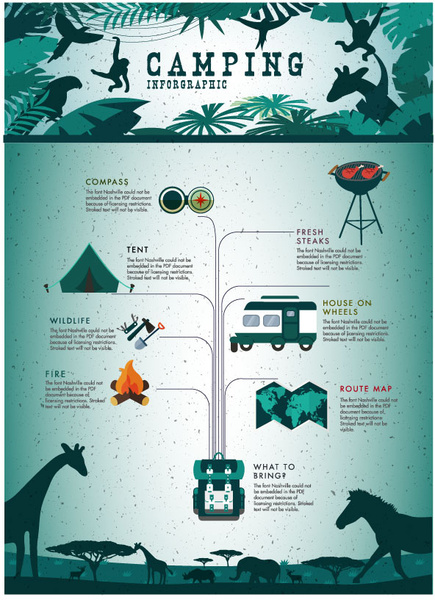Guide To Selling Your Camping Tents Online
Guide To Selling Your Camping Tents Online
Blog Article
Taking Photographs of the Night Skies
A range of factors can impact evening sky digital photography. From weather conditions to upcoming holy events, you'll want to plan in advance to make certain success.
What benefits can you get in camping?
The shutter rate you select figures out whether celebrities look like accurate pin-points or route throughout the image. A good rule of thumb is to restrict the exposure to 500 secs, or the equivalent of your lens's focal size.
Location
Among the most vital consider a great photograph is where you take it. Aim for places with minimal light contamination, and avoid places that have intense city lights and skyscrapers.
Likewise, look for a location that uses foreground elements to develop compositions with. For instance, dune patterns, wind-sculpted ridges and rocky outcrops can all provide intriguing foreground elements to assist inform the story of your night sky photo.
It is additionally useful to research expensive events such as meteor showers and lunar eclipses to make the most of possibilities for great images. Utilizing a tool such as the Professional photographer's Ephemeris can be extremely useful when intending your shoots. It assists you to identify moon phases, Milky Way setting and various other expensive occasions. Likewise, think about shooting in RAW format instead of JPEG as this offers you a lot more versatility when processing the images. This is specifically real if you prepare to publish your photos.
Camera Setups
Obtaining the ideal video camera settings is important for any kind of photo, but specifically so for night sky pictures. A wide-angle lens is best for catching even more of the Galaxy and decreasing star routes, in addition to a much longer shutter rate to stop the motion of celebrities and expose their information.
For an optimum degree of clarity, shoot in RAW format as opposed to JPEG, which permits you to preserve more data and offers flexibility during post-processing. This can likewise add to submit dimension, so make certain you have a lot of storage room and extra sd card accessible.
Set your emphasis to hand-operated focusing by flipping the AF/MF activate your lens right into MF mode. You might require to take a few examination shots and inspect the picture playback on your cam's LCD screen up until you accomplish excellent, identify hands-on focus. It's a great idea to do this during the day with your selected lens and the location you will be shooting at evening, to validate the precision of your focus setting.
Lighting
A good night skies image needs the best conditions. This includes a dark skies, yet additionally a fascinating foreground aspect such as a mountain imminent, a lake to show the stars, or a human component like a barn or shed. You can even make use of a headlamp nice tent to illuminate the foreground and include some dramatization or deepness to your picture.
The most important camera setups for evening skies digital photography are the aperture and shutter rate. The wider the aperture, the much more light that gets to the sensing unit. This permits you to catch brilliant stars in a relatively short quantity of time.
The shutter rate determines whether your celebrities will certainly be pin-point perfect or if they will certainly appear as celebrity tracks because of the Planet's turning. Be sure to take multiple long exposure shots and stack them in post-processing for the best results. Finally, shoot in RAW setting to offer yourself maximum latitude in post-processing.
Composition
The key to lovely celebrity shots isn't a premium telescope, a brand-new wide-angle lens or a high-grade Canon or Nikon electronic camera. It's method, preparation and composition.
For starters, search your shoot area in advance to get a feel for the design and possible structures. Think about integrating foreground elements such as rocks, a lake or alpenglow on the landscape to include character and interest to your images.
Keep in mind the Policy of Thirds when composing your photos. This straightforward principle helps equilibrium and unify photos. It's likewise valuable for concentrating on points of interest in your picture, such as rock features or the Galaxy. Likewise, bear in mind to prepare your shoots around moon phases-- capturing at a moon can overpower celebrities and create a silhouetted form, while shooting on evenings with a new moon can assist you see constellations more clearly.
How Much Does a bell tent weigh?
